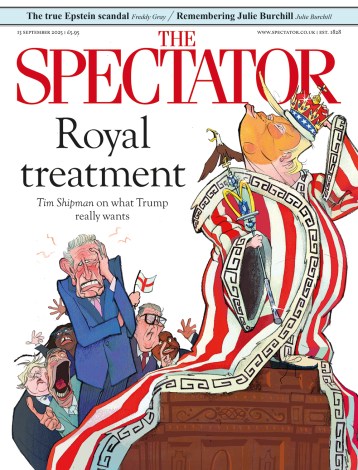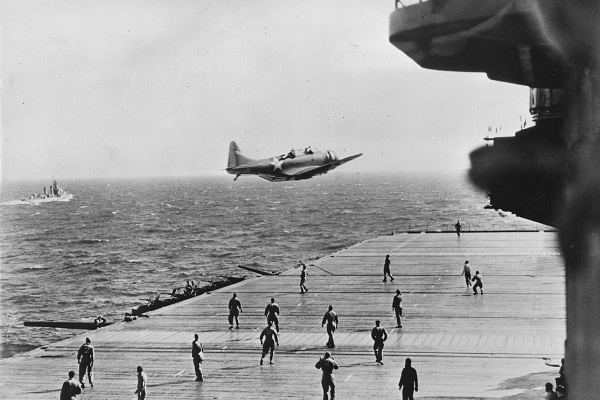For many of us the Battle of Midway is just one more Hollywood spectacular in, to paraphrase Neville Chamberlain, a far-away sea of which we know little. But having recently taken a closer look at the battle I am struck both by what was at stake and what the consequences of the American victory were for the Allies at the time and geopolitics since then.
When the Japanese attacked the American fleet at Pearl Harbour on 7 December 1941 they sank four battleships, destroyed 188 aircraft and damaged 159 other planes. Because, by sheer chance, there were no American carriers at Pearl Harbour on that day, the Japanese failed in their strategic aim: supremacy of the Pacific Ocean. They would have to fight again.
The next major conflict between the two fleets was at Coral Sea in early May. Once more Japan failed in her objective — this time the capture of Port Moresby. In material losses, though, the result was more or less a draw. So, when the Battle of Midway was fought from 4-7 June 1942, the stakes were high. The outcome would decide who was to command the Pacific Ocean.
Because the Americans were the victors at Midway, it is easy to forget how near they came to losing the battle. On the day of the main action they attacked the Japanese carriers from dawn until 10.20 am without inflicting any serious damage. Then, between 10.20 am and 10.25 am, the American planes caught three of the Japanese carriers without adequate fighter protection. All three were completely disabled in just five minutes in what has been called ‘the miracle of Midway’.
America left the battle as the world’s first superpower. Her proven dominance of the Pacific freed her to turn to a new field: Europe. With his backyard enemy now controllable, Roosevelt bowed to Churchill’s insistence on making North Africa and Europe the priority. On 16 July 1942 he told General George Marshall and Admiral Ernest King, ‘I am opposed to an all-out effort in the Pacific against Japan.’ Failure to give priority to Europe, he argued, ‘increases the chance of complete German domination of Europe and Africa’. Just five months after Midway, American troops landed on African beaches.
Now suppose — and it almost happened — that the Japanese carriers, with their vastly superior fighter planes, had caught the American carriers off guard. The loss of those carriers and the destruction of the Midway airbase would have compelled America to give a much higher priority to the Pacific. A direct consequence of that would have been a slower build-up of American power in, first North Africa, and then Europe.
Shortly after the North African landings, there was the other great turning point of the war: Germany’s surrender at Stalingrad. From then on one of the great questions of the war was where the Russians would meet the Allies. Had America suffered a massive defeat at Midway, the Allies advance in Europe would have been slower. (As it was, D-day strained the Allies to the limit. Even a small reduction in ships, tanks, planes or men would have forced its delay.) In these circumstances it is not inconceivable that the Soviet Union would have taken the whole of Germany.
Instead, Midway gave the Americans the confidence to put their all into Europe. By the end of the war there was a new world order: America was a super-power, Britain had become a sclerotic holder of an outdated empire, Japan had been forced into quiescence and the Soviet Union was (more or less) contained. In this way the Midway victory has shaped our world for seventy years.
Richard Freeman’s book Midway: The Battle That Made the Modern World is published as a Kindle book by Endeavour Press, Ltd.





Comments